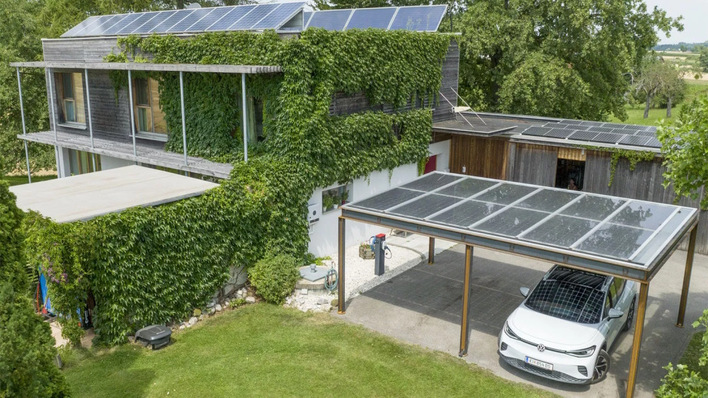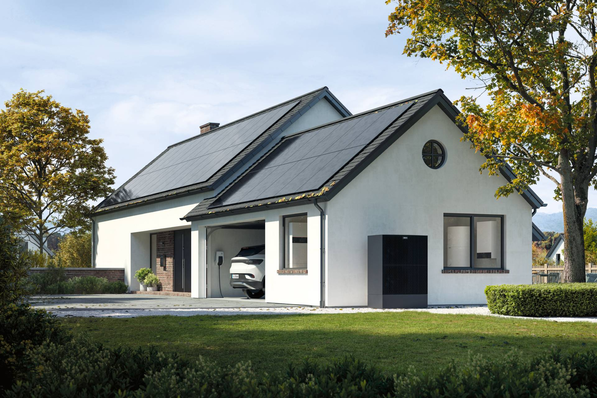With the Austrian company my-PV's power managers, the research team at the Princess Elisabeth research station in Antarctica will be able to use its surplus solar power in future to heat water, interior spaces and large buffer storage tanks. With the heat in the buffers, the scientists melt snow to produce drinking water.
The station is operated by the International Polar Foundation based in Brussels. The foundation had set itself the goal of establishing the first completely CO2-neutral polar base. "Diesel operation is not only environmentally harmful but also expensive. Because of the long transport distances, a litre of diesel can cost up to 12 euros here," says Guus Luppens, the engineer responsible for planning the system.
Make better use of surplus energy
In order for the polar base to be completely supplied with renewable energy, the off-grid system had to be oversized with nine 6 kW wind turbines and a 60 kWp photovoltaic system. This is the only way it can supply sufficient energy even with little wind and sun. Days with high yields therefore led to an energy surplus. In order to make better use of it and to provide the engineers with a comfortable room heating system, the team equipped the new garage building with infrared heating.
With the installation of the power controllers AC-Thor and AC-Thor 9s from my-PV, the entire surplus can now be used, because the power controllers measure the frequency increase in the event of a power surplus. Instead of limiting the output of the photovoltaic inverter, the power managers increase the heating power until the system is balanced again. In this way all energy is fully utilised. (mfo)







